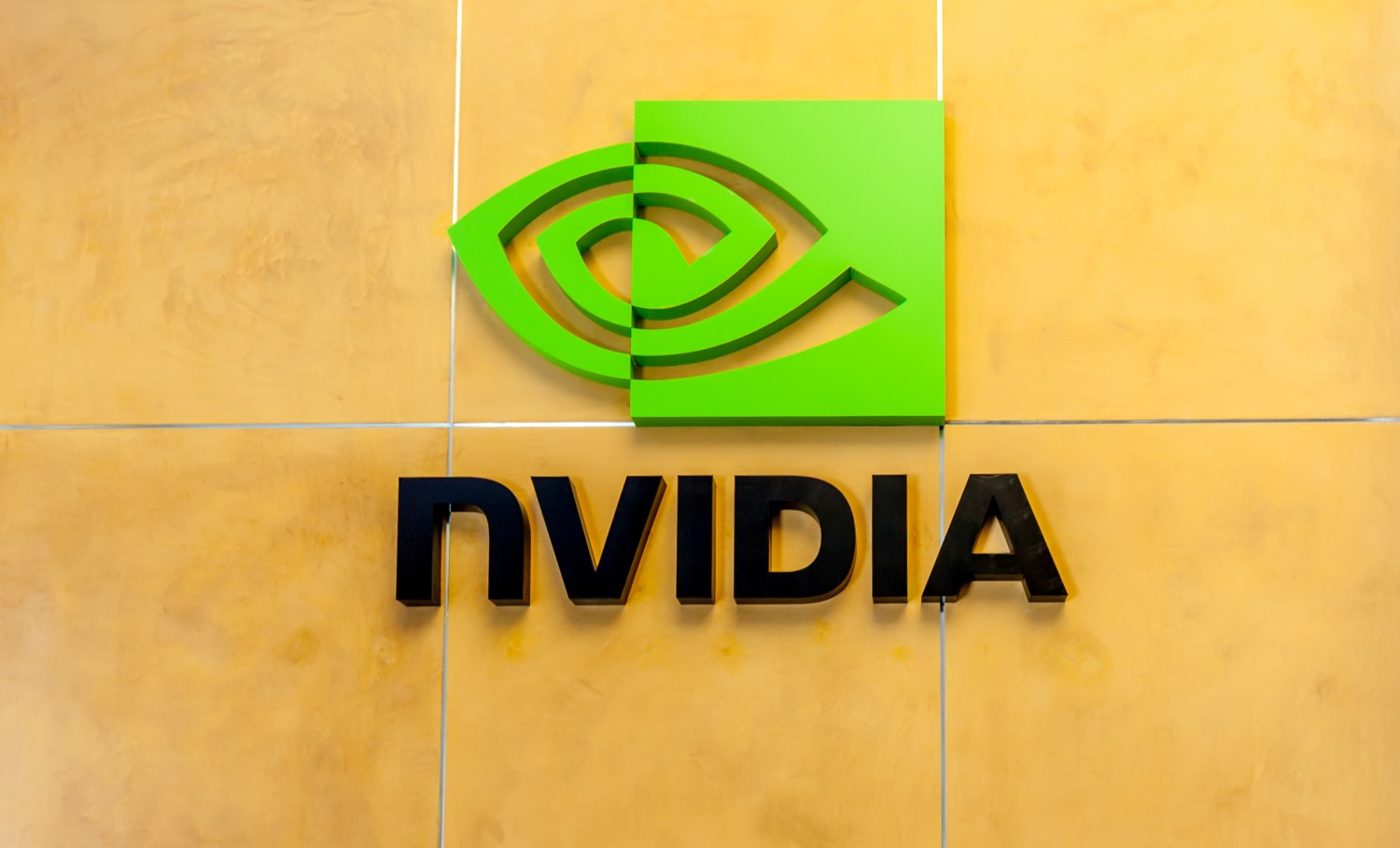First Mover: For Bitcoin Prices, Inflation Headlines May Matter More Than the Reality
First Mover: For Bitcoin Prices, Inflation Headlines May Matter More Than the Reality
Bitcoin traders love to talk about inflation – especially the possibility that consumer prices might eventually shoot up due to the trillions of dollars of new money injected into global markets this year by the Federal Reserve and other central banks.
The theory is that the purchasing power of government-issued currencies will diminish due to the surging supply of money, and that should be good for bitcoin, viewed by many cryptocurrency investors as a hedge against inflation.
You’re reading First Mover, CoinDesk’s daily markets newsletter. Assembled by the CoinDesk Markets Team, First Mover starts your day with the most up-to-date sentiment around crypto markets, which of course never close, putting in context every wild swing in bitcoin and more. We follow the money so you don’t have to. You can subscribe here.
Such arguments have helped to boost price for bitcoin, which traded Monday around $7,700, up 7.8% on the year. The performance looks especially impressive when compared with the Standard & Poor’s 500 Index of large U.S. stocks, down 11% in 2020.

But do most people really understand how inflation works, or how the rate might change as the coronavirus pushes the global economy toward its worst recession since the early 20th century? The answer, it seems, is not really.
The Conference Board, a 104-year-old think tank, published survey results on Tuesday showing a record drop this month in U.S. consumers’ assessment of current business and labor-market conditions.
Elsewhere, consumer expectations for inflation over the next year have now jumped to 5.3%, their highest since October 2014, and up from 4.5% a month earlier, according to Ian Shepherdson, chief economist at the forecasting firm Pantheon Macroeconomics.
These numbers are so far off the current inflation rate, as measured by the Labor Department’s consumer price index, that it’s hard to take them too seriously. They’re also contrary to the recent trend, which shows prices falling, not rising, in response to the deflationary forces of an economic contraction.
Some 25 million jobless claims have been filed since mid-March, typically a harbinger of falling wage pressures; oil prices are down nearly 80 percent; roundtrip flights from the U.S. to Europe are going for $200. An April 10 report from the Labor Department showed that prices increased by 1.5% in the 12 months through March, slowing from the prior month’s 2.3% pace.
Here’s what the month-over-month picture looks like:

So why are consumers worried about inflation? Maybe it’s because of the daily headlines about new U.S. government aid and bailout programs, and about the money freshly printed by the Federal Reserve to finance them.
“Presumably this signals a degree of uneasiness at the extent of the mitigating actions taken by the Fed and the federal government,” Pantheon’s Shepherdson wrote Tuesday in a note to clients. “We think the risk of a near-term increase in inflation is remote.”
Fed Chair Jerome Powell on Wednesday is expected to discuss the U.S. central bank’s latest thinking on inflation at the conclusion of a two-day closed-door meeting, policymakers’ first regularly scheduled gathering since the pandemic sent global markets reeling.
Ben Ayers, senior economist at the insurer Nationwide, told CoinDesk Tuesday he predicts consumer prices in the fourth quarter of 2020 will be about 0.3% lower compared with the prior year.
Longer term, though, the consumers might be right about the price rises they’ll see. Mickey Levy, a former Bank of America chief economist who now works at Berenberg Capital Markets, wrote Tuesday that the Fed’s “aggressive increase in base money and the unprecedented spike in federal-deficit spending have sown the seeds for a significant rise in inflation.”
“While any risks of inflation seem distant to the current challenges posed by the sharp economic contraction and fragile financial markets, they should not be ignored in strategic planning,” Levy wrote.
All this brings the discussion back to bitcoin.
The cryptocurrency is seen as an inflation hedge because of its limited supply, which was hard-coded into the Bitcoin blockchain network’s 11-year-old programming code. Next month, in fact, the Bitcoin network is scheduled to undergo a once-every-four-years “halving,” which will cut the pace of new issuance by 50 percent.
Traders are split over whether the halving will actually drive up bitcoin’s price, given that it’s been on the schedule for, well, 11 years, and thus is likely known by just about anyone with a Coinbase, Binance or BitMEX account.
But the timing of the halving, set against the backdrop of Fed money injections, presents a spectacular opportunity for bitcoin bulls to bask in a free marketing bonanza: Scores of headlines are likely to emerge, both in the crypto press as well as mainstream publications, dutifully explaining how the quadrennial halvings make the cryptocurrency more inflation resistant.
“As rare as an eclipse, a World Cup and your best friend buying you a drink, the Bitcoin halving generates a lot of excitement in crypto circles,” CoinMarketCap, a data provider owned by the cryptocurrency exchange Binance, wrote Tuesday in a blog post. “Buzz is a-building.”
“One thing you can be certain of is that it will draw increased attention both from those inside and outside of the crypto industry,” Jack Purdy, of the cryptocurrency research firm Messari, wrote Tuesday. “With this increased attention, one might expect an increase in the desire of traders to express their viewpoints, which could lead to an uptick in volatility amidst the halving hype.”
Francis Pouliot, CEO of Canadian over-the-counter bitcoin exchange Bull Bitcoin, told CoinDesk’s Zack Voell that he sees the halving as overblown. Rather, he says, it’s the Fed’s money injections that provide a “marketing impact” for bitcoin.
Even the New York Times earlier this month mentioned a meme popular with bitcoin traders, “Money Printer Go Brrr.”
So it might not be the halving itself that drives up bitcoin prices, but the halving headlines – and any more announcements coming out of the Federal Reserve.
Tweet of the day

Bitcoin watch
BTC: Price: $8,117 (BPI) | 24-Hr High: $8,175 | 24-Hr Low: $7,684

Trend: Bitcoin has passed key resistance around $8,000 and is eyeing stronger gains ahead of the reward halving due on May 12.
At press time, the cryptocurrency is hovering near $8,120, representing a 4.5% gain on the day. Prices have notably crossed the widely-tracked 200-day average, bolstering the short-term bullish setup.
Indeed, the area around $7,972 was packed with multiple technical resistances. For instance, the 100-day average was located at that level, while the 61.8 percent Fibonacci retracement of the drop from $10,500 to $3,867 was seen at $7,960. Further, the trendline falling from Feb. 13 and Feb. 18 highs was around $7,965.
A convincing move above a major resistance cluster often invites stronger chart-driven buying, so bitcoin could continue to gain altitude ahead of the reward halving.
Other indicators are supportive of continued gains: the 5- and 10-day averages are trending north, indicating a solid upward momentum; the 14-day relative strength index is reporting strongest bullish bias in over three months with an above-65 print; and the higher bars on the daily chart MACD histogram are another sign of strengthening of bullish momentum.
Adrian Zduńczyk, chartered market technician and CEO of trading community The BIRB Nest, thinks the cryptocurrency’s got room to rally to $8,400 and $8,600.
Meanwhile, some analysts expect bitcoin to test five figures before May 12 on the bullish narrative surrounding the supply-altering event.

Disclosure Read More
The leader in blockchain news, CoinDesk is a media outlet that strives for the highest journalistic standards and abides by a strict set of editorial policies. CoinDesk is an independent operating subsidiary of Digital Currency Group, which invests in cryptocurrencies and blockchain startups.









